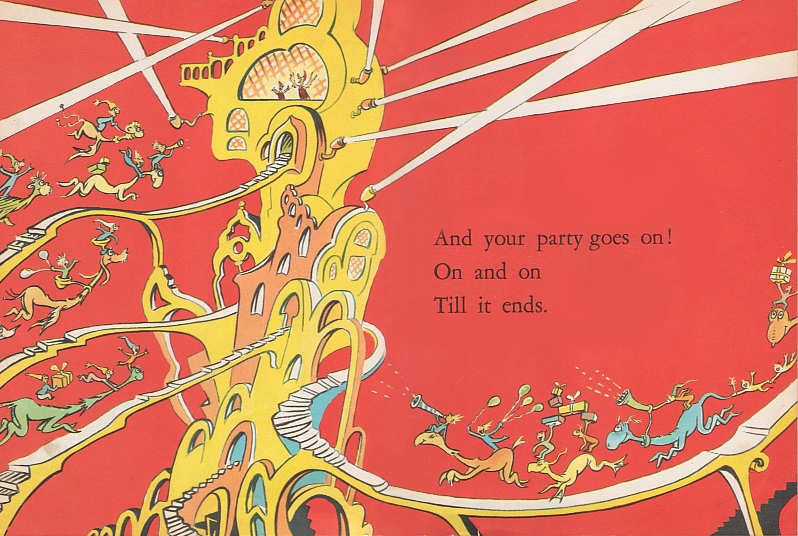I have written previously about the original Swedish welfare state, Folkhemmet, which had its heyday in the early-to-mid 20th century. The “Swedish model” was not replicable in most other societies, because it relied on a peculiarly Swedish set of cultural virtues: industriousness, thrift, honesty, intelligence, integrity, and a general trust in one’s fellow man.
For several decades the system worked well, until the modern, cynical managerial state — which is not at all a Swedish concept — took over. The new management brought in hundreds of thousands of New Swedes, who do not as a rule possess the same virtues that made Folkhemmet possible. And so we have the violent, degraded society of Modern Multicultural Sweden.
Errbe, a regular Swedish reader, contributes the guest-essay below about what Sweden once was, and what it has now become, based on his more than fifty years of direct experience.
Distinguish between Swedish politicians and Swedish citizens
by Errbe
I want to defend the Swedes, that is, Swedish citizens. I have travelled in many countries and dare say that the average Swede is one of the least xenophobic members of humanity. He is also one of the most trusting creatures on earth. He just cannot comprehend the depth of the betrayal our Politically Correct politicians are committing.
For hundreds of years the Swede could trust the authorities to be reasonably fair and sensible. In the first half of the last century the value of democracy was preached by authorities and studied by responsible citizens in voluntary circles, often organized by unions. I attended such studies in high school. Candidates for political posts were chosen from among citizens who had performed well in some position within unions, several levels of business, farming, bureaucracy, judiciary, media, teaching, etc.
You may say that the value of decency was certified 1938 in the so-called “Saltsjöbadsavtalet”, a contract between the confederations of trade unions, LO, and of employers, SAF, respectively. This was the foundation of the original “Swedish Model”, a concept which lately has been widely corrupted.
Its basis was decency, voluntary agreements, compromise and adherence to agreed-upon procedures for conflict. These should be peaceful. The basic rule was that the employer had the authority to allocate work to employees and to direct its implementation as well as that of hiring and firing. The unions guaranteed workplace peace, no strikes during the contract period, and could negotiate pay, work safety and other conditions.
The overriding agreement was that neither party would initiate legislation that would restrict the power of the other party. This was broken in the ’70s, when the Social Democrats legislated “co-determination” with union members on company boards and much more. That means: When you hear the “Swedish Model” nowadays, it refers to the corrupted version, the one that the last thirty years have proven does not work.
The 1938 spirit of cooperation prevailed for twenty years, during which the standard of living, work conditions and law and order developed favorably. After the war, which Sweden escaped unscathed, the average worker achieved what he had dreamed of: a safe job, good lodging, a car and paid holidays.
In 1960 I had an appointment with the director of production at a factory of some 500 employees. My appointment was 09.00, but his secretary excused him, because he was engaged in “negotiations” with the head of the trade union and such matters always had priority. The director could not receive me until 10.30. When entering I remarked that his negotiation must have been tough, as it lasted so long. It had begun at 08.00. The director answered, “No, it was finished in less than ten minutes. He had a hopeless case. He had requested full pay for a worker who lets his automatic lathe continue to produce pieces with faulty tolerances. The very job of the worker is to adjust the tools to ensure that only good pieces are produced. And that is clearly covered in the collective union contract for our industry.”
“So, what did you do during the two hours I was waiting?” I asked.
Continue reading →
 According to Reuters, President Obama has ordered the NSA to stop spying on the IMF and the headquarters of the World Bank. Mr. Obama reportedly gave the order at the same time as he stopped the NSA from spying on UN headquarters in New York.
According to Reuters, President Obama has ordered the NSA to stop spying on the IMF and the headquarters of the World Bank. Mr. Obama reportedly gave the order at the same time as he stopped the NSA from spying on UN headquarters in New York.





 Raspail has published many books, but the one for which he will be chiefly remembered is ironically his most atypical one. Over forty years ago, The Camp of the Saints predicted a Third World mass invasion of Europe, causing the downfall of Western civilization. This process was compressed in time so that what might take fifty years in real life took fifty days in the book. Also, the main bulk of illegal immigrants in the novel came from India. Today, while immigration to Europe comes from every corner of the planet, much of it comes from the Islamic world and Africa.
Raspail has published many books, but the one for which he will be chiefly remembered is ironically his most atypical one. Over forty years ago, The Camp of the Saints predicted a Third World mass invasion of Europe, causing the downfall of Western civilization. This process was compressed in time so that what might take fifty years in real life took fifty days in the book. Also, the main bulk of illegal immigrants in the novel came from India. Today, while immigration to Europe comes from every corner of the planet, much of it comes from the Islamic world and Africa.
 Africa is on the move, and it’s moving north. The Middle East and regions further east in Asia have already seen a growing influx of Africans. I visited Tel Aviv, Israel, in early 2013, for the first time in ten years. In just one decade, I saw many more Africans there than before. Obviously, Israel has some Ethiopian Jews, but Ethiopians have a distinct look. The ones I saw this time were often not Ethiopians. They were sub-Saharan Africans on the move out of Africa.
Africa is on the move, and it’s moving north. The Middle East and regions further east in Asia have already seen a growing influx of Africans. I visited Tel Aviv, Israel, in early 2013, for the first time in ten years. In just one decade, I saw many more Africans there than before. Obviously, Israel has some Ethiopian Jews, but Ethiopians have a distinct look. The ones I saw this time were often not Ethiopians. They were sub-Saharan Africans on the move out of Africa.